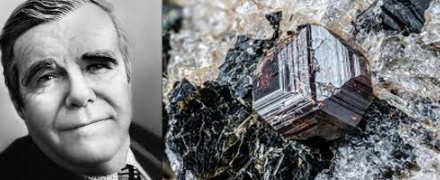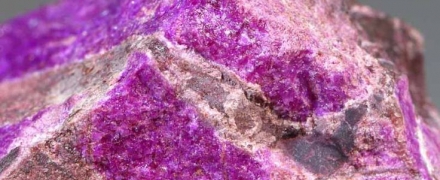open 10 am - 7 pm
laboratory is closed
Names in Gemology – Tauson Lev Vladimirovich

Tauson Lev Vladimirovich (October 27, 1917 - November 23, 1989), an outstanding Soviet geologist and geochemist, member of the USSR Academy of Sciences (since 1981). Founder of the scientific direction "Chemical geodynamics of magmatic processes". Being the head (1967-1989) of the working group on applied geochemistry of the International Association of Geochemistry and Cosmochemistry, he created the first department of prospecting and exploration geochemistry in the USSR at the Irkutsk Polytechnic Institute, which created opportunities for the widest possible application of geochemical methods for prospecting for mineral deposits in the process. In gemology, the name of Lev Vladimirovich is noted in the mineral tausonite, a natural analogue of synthetic strontium titanate (one of the most famous commercial names of which is “fabulite”), which has been widely used as an imitation of diamond since its synthesis (1953, under the direction of L. Merker) in the National Lead Company in the USA [a piece of New Jersey]) and before the creation of cubic zirconia (1970, at the P.N. Lebedev Physical Institute of the USSR Academy of Sciences in Moscow). The mineral tausonite, first found in 1981 in the metasomatites of the Murun massif and approved as a new mineral in 1982, unfortunately has no use as an object of gemology due to its dark (almost black) color and lack of transparency in natural samples. However, his discovery made it possible to transfer the artificial material strontium titanate into the category of synthetic stones, namely synthetic tausonite.
В геммологической практике бывают весьма увлекательные случаи с диагностикой ювелирных вставок
Но помимо редкости цвета и высокой стоимости таких камней, многие розовые камни выделяются одной замечательной особенностью – они проявляют плеохроизм, то есть в зависимости от положения осмотра камня он может иметь дополнительные оттенки – оранжевый или пурпурный.
Currently, gemstones are produced by two fundamentally different technological methods - the High Pressure - High Temperature method (“HPHT”, High-pressure & High-temperature) and the Chemical Vapor Deposition (“CVD”, Chemical vapor deposition) method. The "HPHT" method is the most tested classical synthesis method, which can be used both carbon deposition on diamond from flux melts and catalytic reactions. In "CVD" synthesis, diamond growth occurs on a seed during carbon deposition mainly from a gaseous medium at relatively low temperatures and pressures.
Jewelry and precious stones are just such a category of goods, when buying which you need to pay attention to many criteria.
Sogdianite is a rather rare mineral and more often it can be found as a collection material (moreover, in systematic collections), and it is extremely rare in jewelry.






